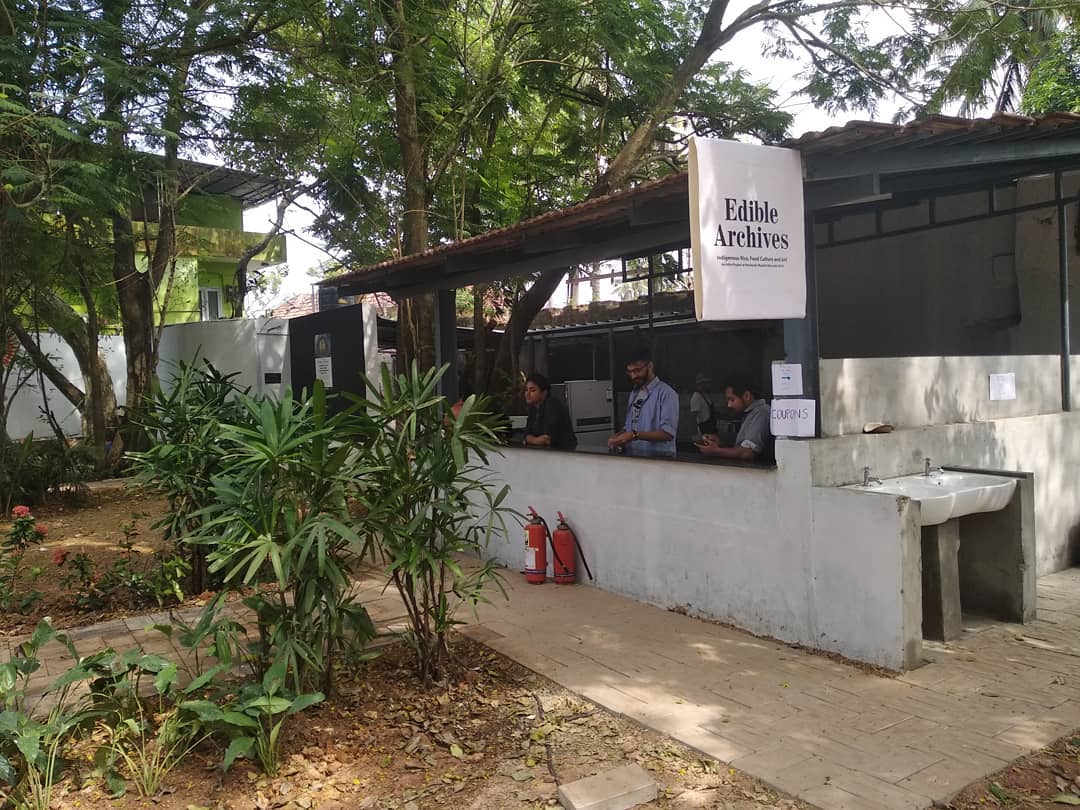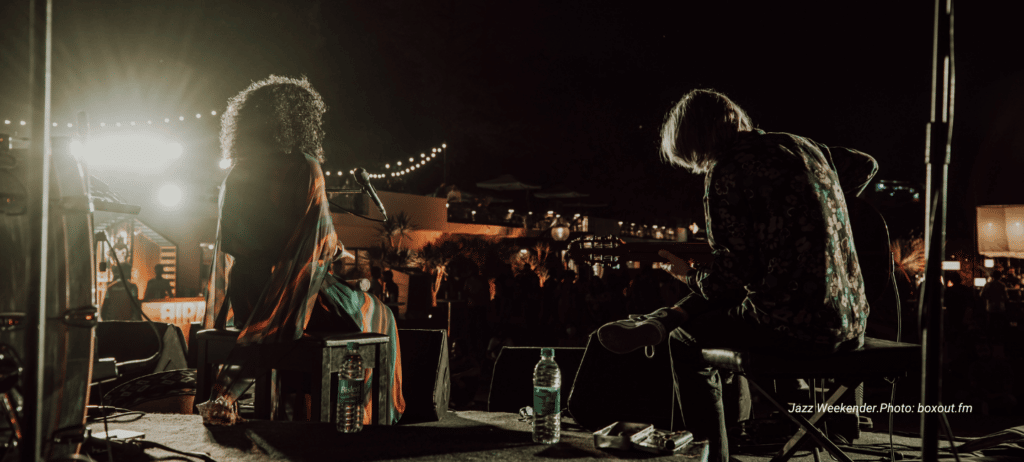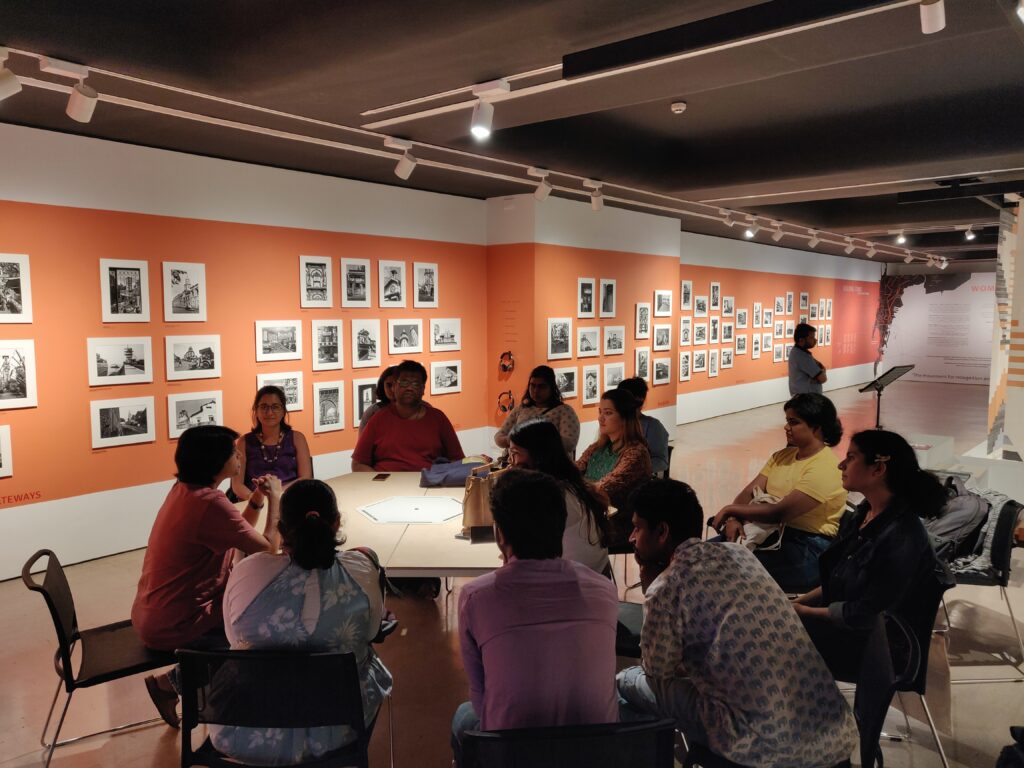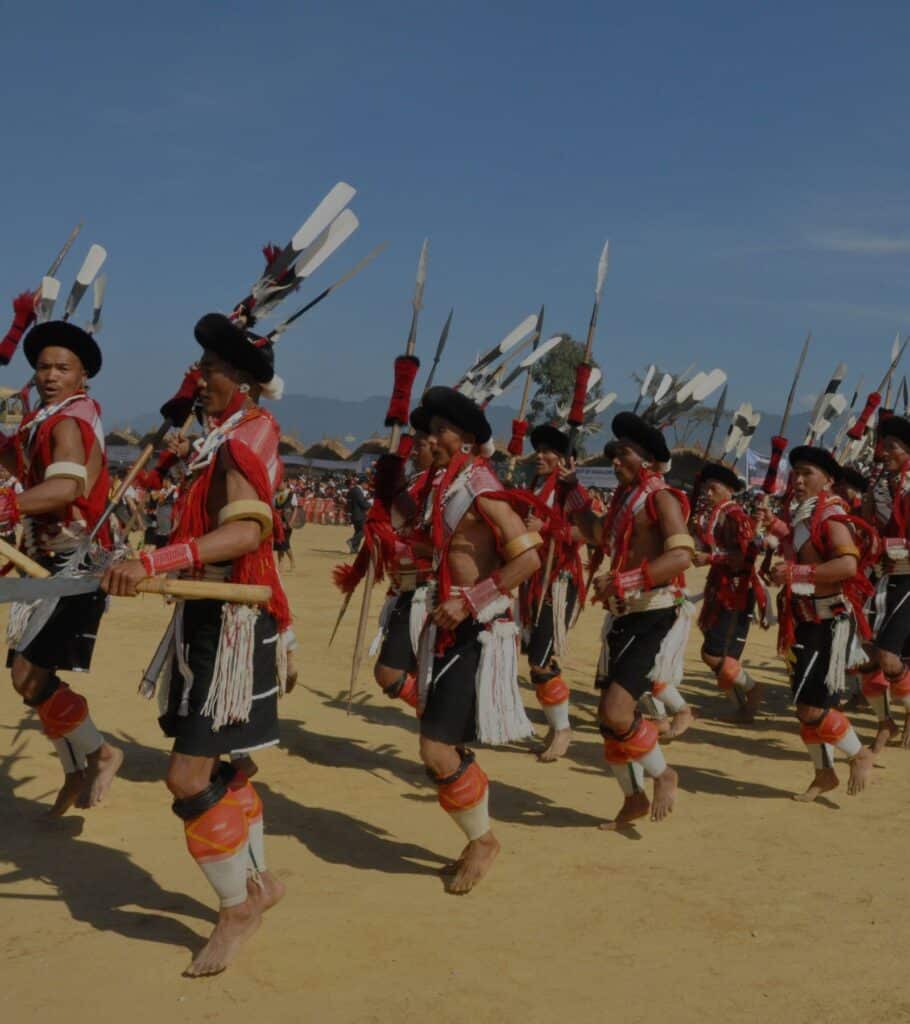In a pre-pandemic world, the 2018-2019 edition of the Kochi-Muziris Biennale provided the space for a unique concept called Edible Archives. Curated by chefs Anumitra Ghosh Dastidar and Prima Kurien, Edible Archives started as a research project and went on to be one of the most well-regarded restaurants in the country. We spoke to Ghosh Dastidar about how Edible Archives has worked with arts and culture festivals such as the Kochi-Muziris Biennale and Goa Open Arts to make food an integral part of their programmes. Edited excerpts:
Tell us about the story behind the inception of Edible Archives.
I worked as a chef for many years. While working closely with Indian ingredients, I realised that all our aspirations go towards imported ingredients and we do not pay attention to our own ingredients. There has been a crisis since the Green Revolution in the 1960s. A lot of our diversity was lost and we started losing crops constantly.
Starting a restaurant [was not part of the plan] when we proposed the Edible Archives project for the Kochi-Muziris Biennale. We took endangered rice varieties and thought, “Can we put it back in the collective archives of the people by making them eat it?” Because, before something gets lost, it gets lost in the people’s memory. And because you can’t actually experience something when you read about it. [A search on] Google can give you [the] information that kattu yanam rice used to be available in India and was one of the red rice varieties. That does not penetrate your memory. Superficially it does, but it doesn’t become part of you. So, Edible Archives started as a project funded by Kochi-Muziris Biennale through which we conducted and showcased our research.
After the Biennale, we realised we wanted to continue our work, but who was going to fund it? So then we decided to start a restaurant in Goa so that we could keep showcasing our work where we are still working on indigenous rice and generally, the diversity of Indian ingredients. This [diversity] has a direct connection with climate change and how we perceive climate change.
How do you work with the farmers who are growing them?
We are conserving rice in the sense that if someone is planning to grow indigenous rice and another farmer has the seed, and I know they are looking for the seed, I will connect them. The only help I can provide is, if a farmer is not getting a good rate and is thinking of stopping the cultivation of the indigenous rice, I tell him not to stop because I will buy 50 kg of rice from him. I will also try to put them in touch with someone else who will purchase the rice, so it stays alive.
We mostly tried to collect rice from the farmers directly and let people know they exist. If people don’t know, they buy the rice available in the market, that is white rice, and they eat it with other things. We have been able to change the people’s perception of rice and many places are curious about indigenous rice now. The cooperatives I used to work with, which couldn’t sell their rice, are now coming up with small initiatives where they are opening stores.
We do many pop-ups in different places where we introduce different rice varieties so that we can tell stories. The whole idea is to make a collective edible archive to let people know that they exist.
Could you tell us about your involvement with the Goa Open Arts Festival and how it goes much beyond just having food at a festival?
The Goa Open Arts Festival happened after we started the restaurant. We were sure we did not want to do a food stall, and they also wanted us to have an artistic space where we could experiment, showcase our work and do some kind of installation.
We [based it around] the six tastes of food. In Asian culinary ideas, there are five tastes. They are: salt, sweet, bitter, sour and pungent and sometimes, umami is considered to be the sixth taste. In the Indian context, especially Ayurveda, the Rasa theory and other older texts, they talk about six tastes. The first four are the same: salt, sweet, bitter and sour and the fifth one, pungent and the sixth, astringent. Astringent is a taste you get when you eat amla. First, there is a dry feeling in your mouth that can become either bitter or sweet in nature.
We wanted to map the emotions you feel when you taste something. Along with six tastes, the Rasa theory talks about nine emotions. We asked our audience to taste something, pick a pin and mark the emotion it evokes. So, we made a map-like thing. We got some fascinating results — we saw that for a lot of people, bitterness evokes many emotions, unlike sweetness which is very simple and happy. We got a fascinating chart of all the different emotions that were evoked.
Are you planning to work with other festivals in the future? Where will we be seeing you next?
It depends on what ideas we come up with. If we come up with an idea that needs that kind of space for interaction, we would definitely like to do so.
How do arts and culture festivals help spread your message and philosophy?
In such spaces, you get a large group of interesting people and you can directly talk to the audience. In other spaces, you find a lot of people who eat, regardless of whether they like or dislike whatever is happening. There, the food is just food. We want more engagement because we don’t look at food from a consumerist point of view. We want to have more conversations around food, food and ecology, and food and climate change and other social interactions. I think art spaces are the best for that because the people who come there are much more prepared to have those conversations. They are not seeing things through the lens of consumerism.




Share on